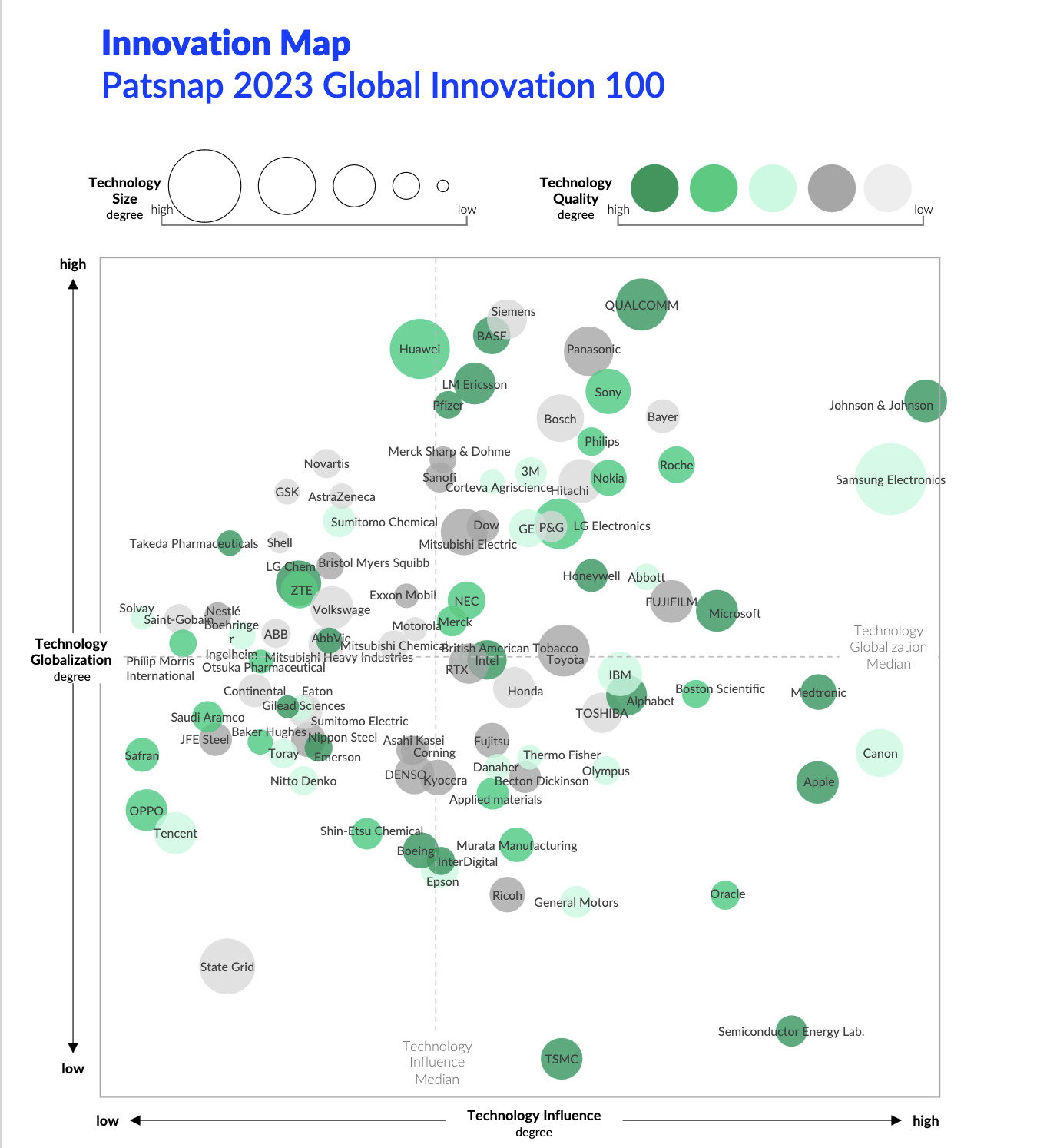Senators Get Their Colleagues to Agree on Drug Patent Litigation Legislation | McDonnell Boehnen Hulbert & Berghoff LLP
Recent history of Congress’s performance as a legislative body has been, to be kind, mixed, and a great many bills, resolutions, and other activities have appeared to be more for show than to accomplish anything worthwhile. President Truman’s characterization of the 80th Congress as the “Do Nothing” Congress might effectively be resurrected; after all, that Congress passed 906 bills while, in contrast, the current Congress (the 118th) has passed 253 bills. In some ways this is good, analogous to Hippocrates’ exhortation to “First, do no harm” and this is particularly true when it comes to proposals to amend patent and regulatory laws in an effort to “do something!” about drug prices. Many of these proposals (see “House Bill Would Allow HHS Secretary to Authorize Competitive Licenses for Drug Patents; A Solution in Search of a Problem”; “More Ill-conceived Remedies from Congress Regarding Prescription Drug Costs”; “Even More Ill-Conceived Remedies from Congress Regarding Prescription Drug Costs”) have involved as their underlying motivation to blame patents and patent laws as the cause of the undesired outcome of the generic (Hatch-Waxman) and biosimilars (under the Biologics Price Competition and Innovation Act, BPCIA) regimes, which have not miraculously produced (more) affordable drugs.
Recently, the Senate passed S.150 entitled the Affordable Prescriptions for Patients Act. Those paying attention might recall that Senator Cornyn (R-TX) introduced this bill (joined by Senator Blumenthal (D-CT) and seven other Senators) at the beginning of the 118th Congress and it arrives, like a sheep in wolf’s clothing, being the result of the unappreciated benefits of the “sausage-making” (or perhaps “breadcrumb-making”) aspects of the legislative process. The earlier bill (see “FTC to the Rescue Regarding High Drug Prices and Patents”) set forth a list of prohibited behaviors and activities, including patent thicketing (defined as “an action taken to limit competition by a patentee with respect to a drug [wherein] the Federal Trade Commission (FTC) determines that the patentee improperly limited competition by obtaining patents [as defined in the statute], and wherein “an action by a drug manufacturer that constitutes patent thicketing shall be considered to be an unfair method of competition in or affecting commerce in violation of section 5(a).” It also empowered the FTC to investigate whether “the anticompetitive effects of the action do not outweigh the pro-competitive effects of the action” (saying that patent thicketing was prima facie anticompetitive behavior). The bill also prohibited “product hopping.”
Perhaps because the Senators don’t think FTC Chairwoman Lina Kahn needs any more encouragement (or arrows in her regulatory quiver), the bill passed by the Senate is much more restricted in scope and contains no express role for the FTC (paradoxically, the title remains “An Act to amend the Federal Trade Commission Act to prohibit product hopping, and other purposes” but contains no amendments to the FTCA). While still aimed at what the Senators believe is anticompetitive behavior by branded drug and biologics makers, the provisions themselves are directed towards amendments to the Patent Act and to the BPCIA. These amendments provide:
• Amendments to 35 U.S.C. § 271(e)(2) that include under the definition of an act of infringement “the biological product, a method of using the biological product, or a method or product used to manufacture the biological product”;
• New subsection 7(A) added to 35 U.S.C. § 271(e)(2) that limits the number of patents that can be asserted in an infringement action by a reference product sponsor under section 351(i) of the Public Health Service Act (42 U.S.C. § 262(i)) to a total of 20 patents that claim a biological product, a method of using the biological product, or a method or product used to manufacture the biological product, with the further limitation that not more than 10 of such patents have issued after the date specified under section 351(l)(7)(A) (42 U.S.C. § 262(l)(7)(A)), i.e., after expiration of the 12-year exclusivity period for a reference biologic product under the BPCIA;
• To this limitation on the number of patents asserted under section 351(l)(3)(A) (42 U.S.C. § 262(l)(3)(A)) (the initial round of litigation under the “patent dance”) are those that have an actual filing date of more than 4 years after the date on which the reference product is approved, and those that include a claim to a method for a manufacturing process that is not used by the reference product sponsor.
In addition, courts are empowered to increase the number of such patents asserted by a reference product sponsor, provided that the request is made without “undue delay,” in the interest of justice, or for good cause shown. Bases for such good cause include instances where the biosimilar applicant fails to provide the information on its abbreviated biologics license and ancillary information under § 351(k)(2)(A) of the Public Health Service Act (42 U.S.C. § 262(k)(2)(A)) (a tactic successfully employed by Sandoz in its BPCIA litigation against Amgen; see “Sandoz Inc. v. Amgen Inc. (2017)”). Further grounds for “good cause shown” are if there is a “material change” in the biological product (or process with respect to the biological product) by the biosimilar applicant or if the patent otherwise prohibited by its issue date under section 351(l)(7)(A) (42 U.S.C. § 262(l)(7)(A) was due to failure of the Office to issue the patent or for Patent Office delay under 35 U.S.C. § 154(b), or other reasons “determined appropriate by the court.” The Act also provides standards for courts to apply for “good cause” to include “whether the reference product sponsor has provided a reasonable description of the identity and relevance of any information beyond the subsection (k) application that the court believes is necessary to enable the court to form a belief with respect to whether a claim of infringement under this section could reasonably be asserted.” Further, the limitations on the number of patents, their subject matter, and when they were granted relative to the approval date of the reference product is limited to those instances where the biosimilar applicant has complied with (“completes all actions required by”) the provisions of §§ 351(l) (2)(A), (3)(B)(ii), (5), (6)(C)(i), (7), and (8)(A) (the conditions imposed on a biosimilar applicant during the patent dance by the BPCIA). On the other hand, these provisions do not apply “with respect to any patent that claims, with respect to a biological product, a method for using that product in therapy, diagnosis, or prophylaxis, such as an indication or method of treatment or other conditions of use.”
These amendments shall only apply to any abbreviated biologics license application submitted for approval after the date of enactment of the Act.
(And illustrating the “sausage-making” aspect, the bill also contains a provision increasing a portion of the Medicare Improvement Fund under Section 14 1898(b)(1) of the Social Security Act (42 U.S.C. § 15 1395iii(b)(1)) from $0 to $1,800,000,000.)
While S.150 likely will have an effect on biosimilar litigation and market entry it should be appreciated that these effects are limited to address a historical anomaly: because most biologic drugs facing competition were approved by FDA prior to enactment of the BPCIA they do not benefit from the 12-year market exclusivity provided under that statute. The timing of these approvals is shown in the table, which also illustrates one basis for biosimilar competition for these drugs:
The patents protecting the drug product itself, and at least the initial indications, have in most cases expired (the Humira patents, for example, expired in 2016) and consequently reference product sponsors have sought (and obtained) patents on novel indications, formulations, and manufacturing methods, Humira being something of a poster child for these “patent thicketing” efforts; see “Mayor and City Council of Baltimore v. AbbVie Inc. (7th Cir. 2022)”. But this response to the change of circumstances for biologic drugs is at best temporary, and later-approved drugs, having their 12-year exclusivity period to be co-extensive with the timetable envisioned by the drafters of the patent dance provisions of the BPCIA, should have much less incentive to “thicket” their patent portfolios. Paradoxically, if S.150 is enacted it will also provide a roadmap for reference product sponsor behavior to avoid the effects of the law in reducing the number of patents available for assertion during BPCIA litigation.
“Do something!” is the exhortation to Congress from interest groups and the public when it comes to drug prices, and patents are an easy target. There are more systemic (and likely more effective) ways to address the problem, and those targets are beginning to be investigated (see Robbins & Abelson, The Opaque Industry Secretly Inflating Prices for Prescription Drugs, New York Times, June 21, 2024; FTC Deepens Inquiry into Prescription Drug Middlemen, May 17, 2023). Unweaving the threads of the American healthcare system being responsible for “high” drug prices is much more difficult to accomplish than making patents and pharmaceutical companies the culprit, and thus it is likely that this trend of demonizing the only source of new drugs to address heretofore intractable diseases will continue.
[View source.]






